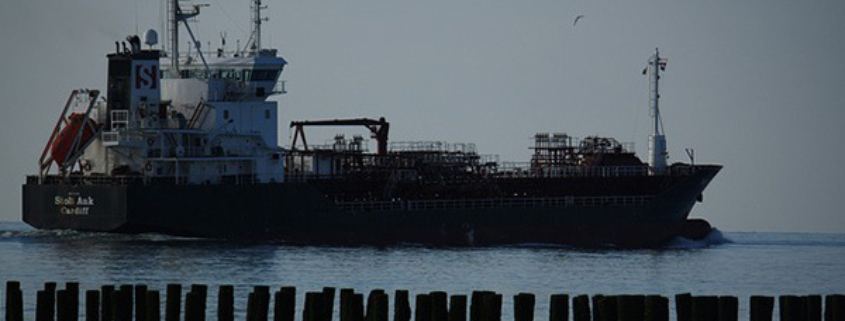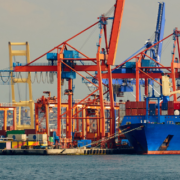In the supply chain disruption medley caused by COVID-19
Recently, ONE (Ocean Network Express), the 7th largest container shipping line in the world by capacity, implemented a penalty fee in the form of a Weight Discrepancy Charge (WDS) of USD 2,000/- per container from the 1st of July, 2022.
The penalty fee is applicable if there is misdeclaration of cargo weight details at the time of submission booking submission and if the weight deviates +/- 3 tons/TEU from the weight on the final Bill of Lading Instruction details and Verified Gross Mass (VGM) documentation.
In the supply chain disruption medley caused by COVID-19, many may have forgotten the issues faced by the industry (and the environment) due to overweight containers and various weight misdeclarations.
Let me refresh you on “When is a container considered as Overweigh?” and about container weight misdeclarations.
Overweight containers
Every shipping container has and should have, a valid safety approval plate called CSC (Container Safety Convention) plate in order for it to be used in international trade in accordance with the provisions of the International Convention on Safe Containers of 1972.
As per BIC, In-service CSC safety examinations of containers must be done at intervals appropriate to operating conditions following one of two approved schemes – PES and ACEP.
The role of this CSC plate is to confirm that the container has been inspected and found to be in a condition suitable for transportation on board a ship. This plate has several critical details including the allowed maximum gross weight as per the below example.

Using the above plate as an example, a container that has been loaded more than the allowed weight – in this case, 32,500 kgs including the container’s tare weight, will be considered as OVERWEIGHT.




